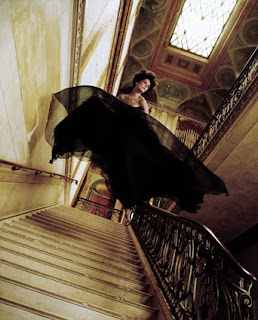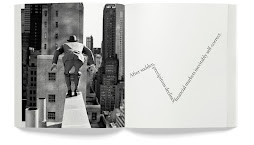
Melvin Sokolsky (born in 1933) is an American
photographer and film director.
Born in New York City, Sokolsky had no formal training in photography, but started to use his father's box camera at about the age of ten. Always analytical, he started to realize the role that emulsion played as he compared his own photographs with those his father had kept in albums through the years. "I could never make my photographs of Butch the dog look like the pearly finish of my father's prints, and it was then that I realized the importance of the emulsion of the day.
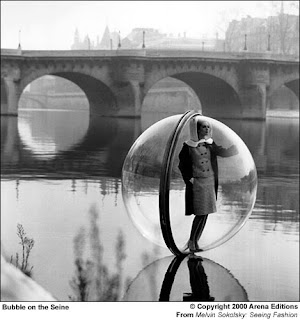
Around 1954, Sokolsky met
Robert Denning, who at the time worked with photographer
Edgar de Evia, at an East Side gym. "I discovered that Edgar was paid $4000 for a Jell-O ad, and the idea of escaping from my tenement dwelling became an incredible dream and inspiration
Though he is best known for his editorial fashion photographs for publications such as
Harper's Bazaar (for which he produced, in 1963, the "Bubble" series of photographs depicting fashion models "floating" in giant clear plastic bubbles suspended in midair above the River Seine in Paris),
Vogue,
[2] and
The New York Times. Sokolsky's work is not limited to that field.
...
Three quarters of his print photography has been for advertising which does not usually carry a byline. As Sokolsky said in an interview: "I resented the attitude that 'This is editorial and this is advertising'. I always felt, why dilute it? Why not always go for the full shot?"Toward the end of the 1960s, Sokolsky worked as both commercial director and cameraman.
...
He did not, however, abandon the world of print photography; in 1972 he was asked to photograph the entire editorial content of McCall's Magazine, a first for any photographer.
...
History
Melvin Sokolsky was born and raised in Manhattan's Lower East Side during the lean years of the pre-war era. Here he witnessed the entire spectrum of the human condition played out across a tough and tight-knit community. This experience was countered by a universe of visual riches found in the museums and books he regularly devoured. Melvin spent his days framing and logging precise mental and emotional images long before he had a camera to capture them. At age ten he began taking pictures using a box camera, though he was frustrated by his inability to create prints that had the "nice pearly finish" of his father’s old photos. "It was then that I realized the importance of the emulsion of the day," he recalls. Never satisfied, always questioning, and fiercely creative, young Melvin Sokolsky began to live from one private epiphany to the next.
With no formal training, his
photographic education came purely from instinct, desire, and careful observation. Upon learning that photographers could make $4000 for "shooting a box of Jell-O," Sokolsky was seized by visions of a previously unimaginable career path. "The idea of escaping from my tenement dwelling and living by my creative inspirations became a powerful motivator," he notes. He took up an all-consuming regimen of photographic experimentation with a singular focus and determination that have since become his trademark process.
...
At twenty-one these efforts paid off when he was invited to join the photo staff of Harper's Bazaar by Henry Wolf, the magazine's visionary art director. Though he was learning on his feet, Sokolsky was rebellious by nature and would couple his street smarts with his deeply vivid imagination to challenge the aesthetic conventions of the advertising and editorial worlds. He was friendly but equally competitive with fellow star-photographers of his day, Art Kane and Richard Avedon. This tension contributed greatly to what is now considered the golden age of the American magazine.


The work that put Sokolsky on the map was his 1963 Bubble series in which impeccably dressed models float dreamily over urban land and waterscapes. "I’d have to credit Hieronymus Bosch for those images," he notes, "if you look at his painting The Garden of Earthly Delights you will come across a nude couple in a bubble. That image stayed with me from childhood." This and other wildly inspired fashion editorials caught the eye of many advertising creatives, and soon he was shooting much more than Jell-O. The Digital Journalist states that he was the most successful advertising photographer of the 1960s.
...
As most advertising work goes uncredited, Sokolsky became known primarily for his groundbreaking editorial work and celebrity portraiture. Drawing upon his fascination with Surrealist art (and encouraged to do so by a visit to his studio from Salvador Dalí), Sokolsky was fearless in upending all notions of scale, proportion, visual rationality, and the laws of physics. Not one to be pinned down to a single style, he was equally comfortable shooting elegant, minimal studies against white backdrops. Regardless of context, Sokolsky’s work always pops and provokes. "Really, I'm only interested in photography as a tool for exploring and visualizing psychological and emotional conditions," he says.

In the 1970s Sokolsky expanded his visual repertoire to film and, fittingly, he moved to Los Angeles. He became a prolific shooter of striking television commercials that bore all the innovation and grammar of his photographic work. He has continued to shoot fashion photography and other editorial assignments, and his work has moved towards an increasingly cinematic style. Sokolsky thinks in big questions that inspire a visceral visual narrative. One hopes that he will bring this skill to the big screen in the form of a feature film, for yet another chapter in his creative evolution.
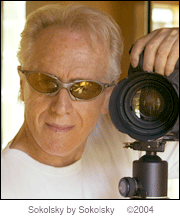
Melvin Sokolsky is one of the great pioneers in the creation of visual imagery. Admired, awarded, and relentlessly copied, he remains steadfastly ahead of the curve and thoroughly ignited in his seventies. His legacy cemented, Sokolsky is left with a seemingly limitless well of creative energy. One senses several more pages of trailblazing accomplishments being added to this bio.

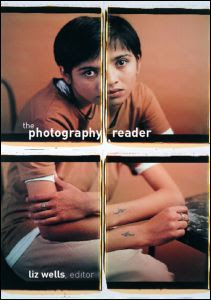 The photography reader โดย Liz Wells
The photography reader โดย Liz Wells
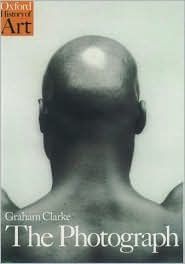





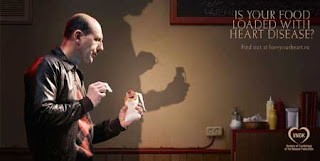








 Melvin Sokolsky (born in 1933) is an American
Melvin Sokolsky (born in 1933) is an American 










